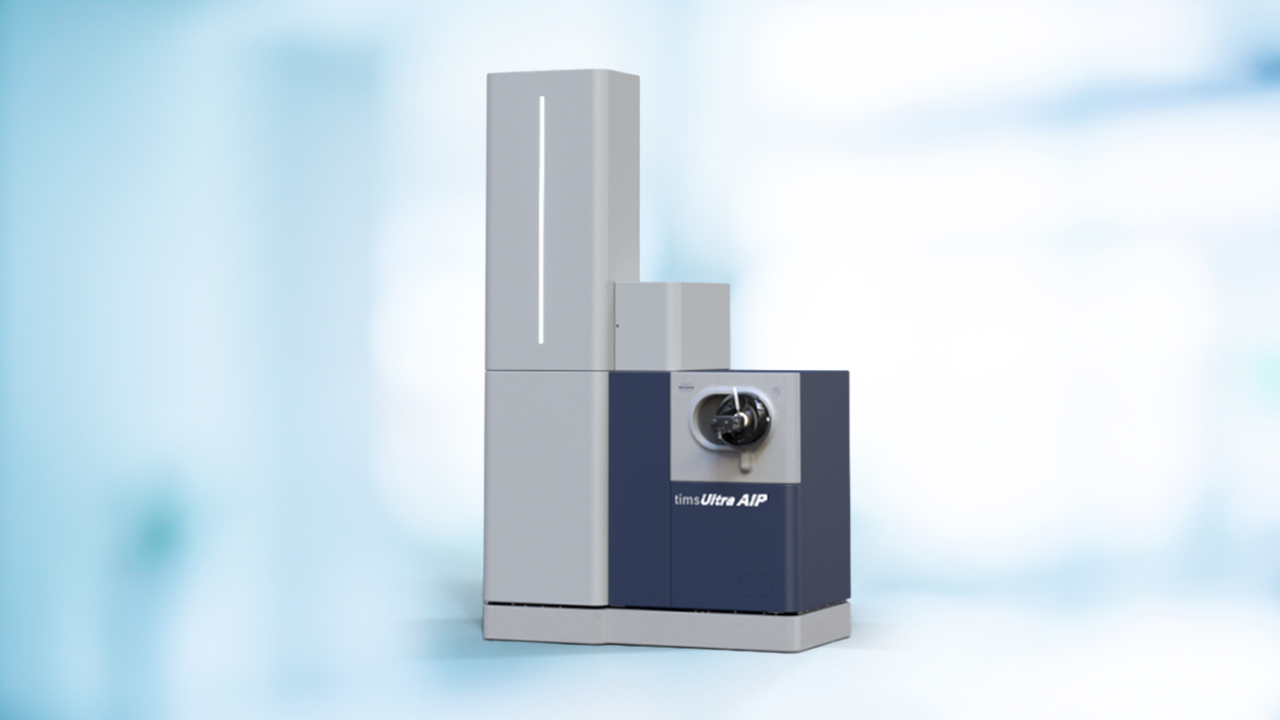

Bruker at ASMS 2025
Baltimore, MD, USA
Bruker at ASMS 2025: Discover MORE!
Thank you for joining us at ASMS 2025 in Baltimore! It was a pleasure to connect, exchange ideas, and showcase how our latest innovations are shaping the future of mass spectrometry.
Here is a quick recap in case you missed it, featuring our latest innovations in mass spectrometry and software solutions.
eXceed Symposia Recordings
Missed our eXceed Symposia at ASMS 2025?
We invite you to watch the full recordings of our Plenary Session and Breakout Sessions from Baltimore. Simply follow the link to register and gain access to the Bruker's eXceed Symposia at ASMS 2025.
Product Launches
timsOmni™: An eXtreme leap in proteoform sequencing and structural elucidation
timsMetabo™: The next-generation research engine for 4D-Metabolomics™ and 4D-Lipidomics™ delivers unprecedented sensitivity, separation power and annotation confidence for small molecules
ProteoElute™: Seamlessly integrates with your TIMS-enabled mass spectrometer for high-throughput and ultra-sensitive multiomics experiments
Further Launches
More Information
Press Releases
- Bruker Launches Revolutionary timsOmni™ Mass Spectrometer
- Bruker Launches Novel timsMetabo™ Mass Spectrometer for Breakthrough 4D-Metabolomics and 4D-Lipidomics Sensitivity, Specificity and Annotation Confidence - at Speed, Depth, and Scale
- Bruker Launches New timsUltra AIP System with Further Enhanced, Extreme Sensitivity for Single-Cell Proteomics, FNA Biopsy Immunopeptidomics and Metaproteomics
- Bruker Unveils New proteoElute™ nanoLC System and PepSep® Advanced nLC Columns for up to 50% Improved Peptide Sensitivity
Poster Hall ASMS
Download numerous posters from ASMS 2025 covering the latest in proteomics, metabolomics, imaging and pharma.
Schedule a consultation
Connect with a Bruker specialist to discuss how our cutting-edge solutions can empower your research.
ASMS Posters
WP 097 prio-PASEF: Precision and Discovery in MetID Workflows
WP 324 Novor.ai – Increased precision and accuracy utilizing an AI model for de novo sequencing
WP 420 Monolithic columns for improved 4D-Lipidomics analysis
WP 660 Optimizing LC-MS/MS settings for plasma proteomics analysis with cap-flow LC separation and dia-PASEF
For Research Use Only. Not for use in clinical diagnostic procedures.
